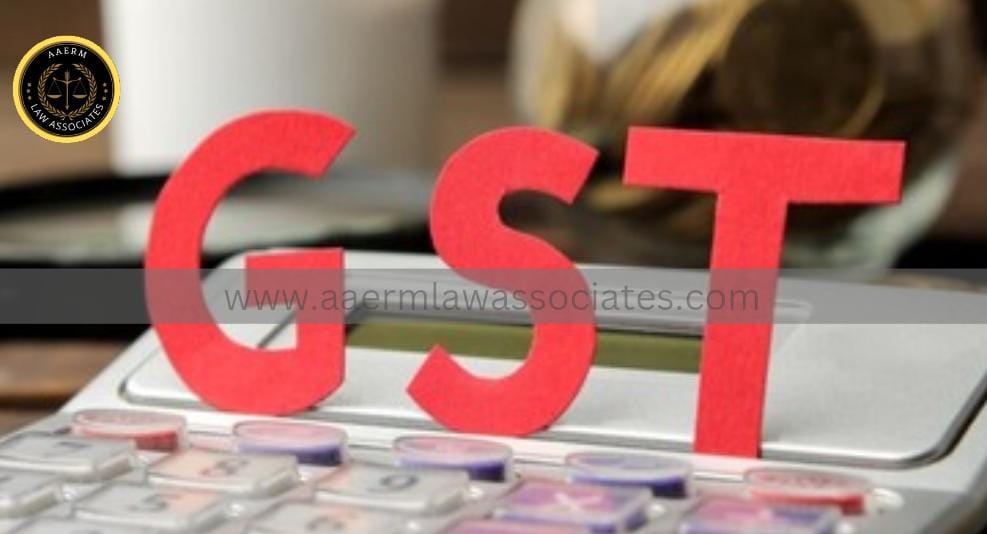
GST Fraud in India: Rising Cases of Complex Scams and Evasion
In recent years, India has seen a significant rise in GST fraud, with increasingly sophisticated scams involving fake firms, identity theft, and complex billing schemes. The Directorate General of GST Intelligence (DGGI) recently uncovered a major scam in Pune, where 246 fake GST firms, registered using stolen identities, were involved in evading taxes worth Rs 5,000-8,000 crore. Such cases exemplify the ongoing challenges faced by authorities since the 2017 rollout of GST.
Top Methods of GST Evasion
- Undervaluation of Goods & Services: Misreporting the value of goods to lower tax liabilities. For instance, Jaipur-based plywood manufacturers evaded taxes by undervaluing goods by 60-70%.
- Tax-Free Supplies: Avoiding tax on taxable goods and services. In Mumbai, one company failed to pay GST on a 20-year brand licensing fee of Rs 2,494 crore.
- Fake Input Tax Credit (ITC): Creating fake firms to generate false ITC claims has become a “marketplace” for tax evasion.
- Non-Payment Under Reverse Charges: Avoiding reverse charge GST payments by using false documents and forged identities.
Key Findings on GST Evasion
In the financial year 2023-24, DGGI reported a record-breaking Rs 2.01 lakh crore in GST fraud detection, double from the previous year. Regions like Mumbai, Delhi, and Pune have the highest detection rates, with high-risk sectors including online gaming, finance, and tobacco.
Despite these efforts, the complexity and multi-layered nature of GST fraud make recovery challenging. Measures such as tighter verification processes and daily reporting requirements for high-risk sectors are being implemented to counteract the revenue leakage.
GSTFraud #IndiaTax #GSTEvasion #TaxCompliance #DGII #FakeITC #IndianEconomy #BusinessCompliance #TaxAvoidance #DigitalIndia #FraudDetection #FinanceNews
